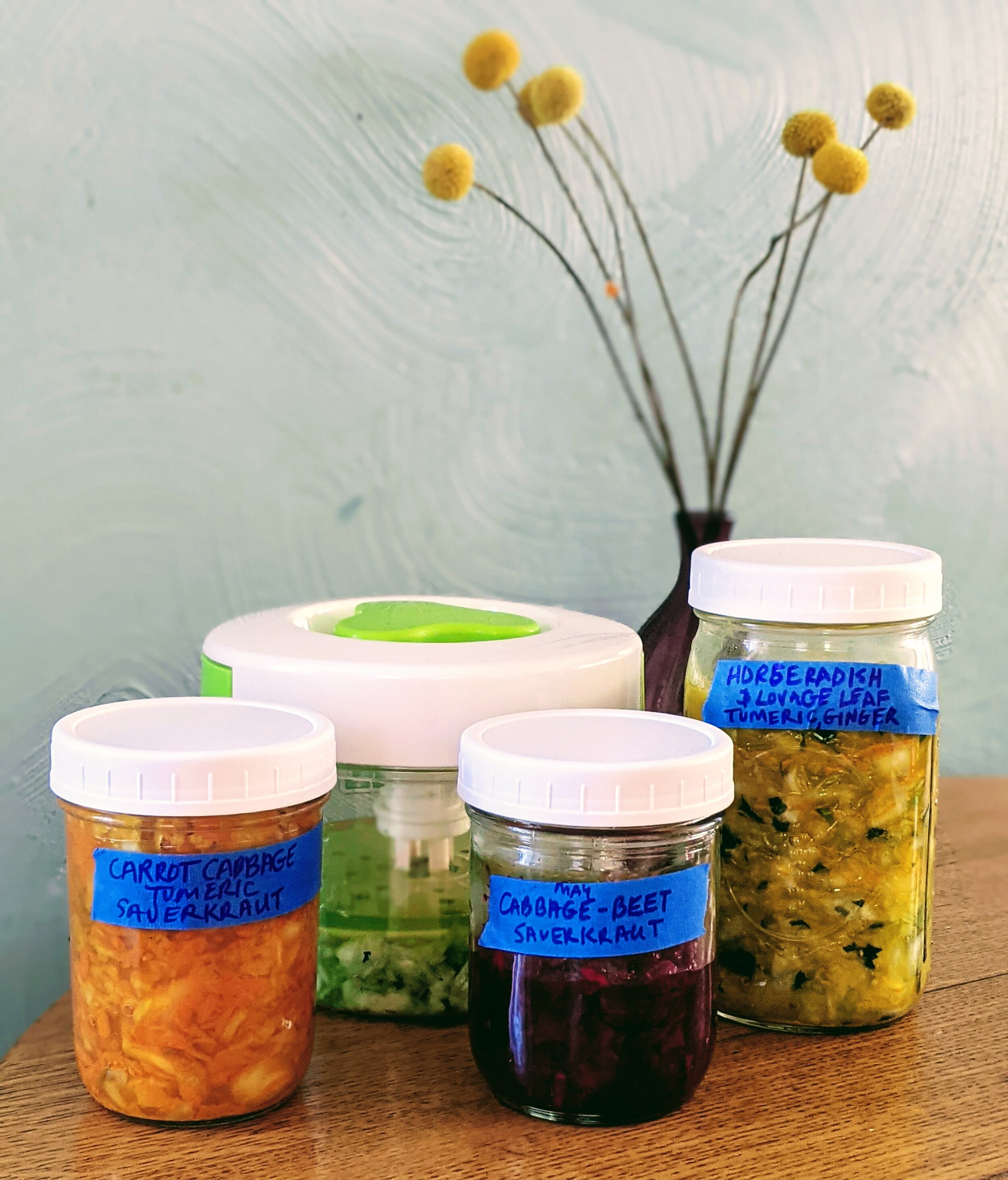We know anxiety can be caused by a multitude of factors, but one I notice in the office talking with patients is due to distraction and avoidance of the difficult tasks or work that needs to get done but there is no zest or inspiration to complete. I began to share a life hack that I found useful for myself and noticed that patients were responding positively as they tried it out for themselves.
During a Panchakarma retreat this summer at a friend’s home, I noticed hanging in the dining room area a white board outlining the schedule and events of the whole household, everything from what was for dinner and when it would be served to exercise routines and grocery lists. In a corner of one of the boards, I saw a star chart for the oldest child which listed chores and tasks for her to complete. I asked how it worked. The response was enthusiastic and glowing for how easily it had changed a difficult challenge for the family to a situation of ease. Before it had been impossible to get the child to pick up her toys or make her bed, but now it was no problem. The parents explained that the stars represented points and based on the number of points the child could negotiate what reward she wanted, everything from an hour of television to buying a favorite dessert or a new toy. I wondered, would that work for me?
A friend gifted me a beautiful glass whiteboard two days later (I love synchronicity and see it as a sign I’m moving in the right direction when it happens). I wrote down all the laborious tasks I had been avoiding for weeks, everything from office tasks, automobile fixes, to gardening chores. I watched as my task list rapidly dwindled down. I already knew what I would buy for myself if I completed 120 points, each star representing five points. And oh my, it was awesome to gift myself the reward for doing all the work I’d been avoiding.
I marvel at how well this system works for me. I pay no attention to all the reward cards and points businesses offer, but this! This works surprisingly well because the reward is exactly what I want. For me it’s about giving myself something that I can’t easily justify buying because I don’t need it or it serves no purpose other than I am delighted. I’ve always wanted to try that indoor skydiving experience so it’s going on my list of rewards. What would you put on your list?


